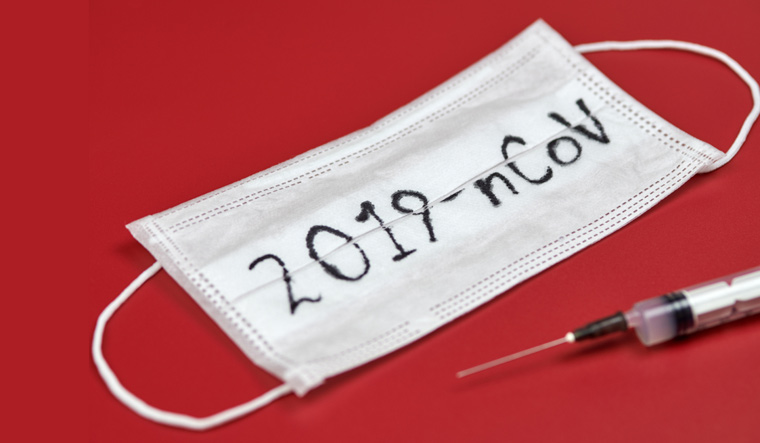While urging the public to wear masks when out in public, World Health Organisation Director-General Tedros Adhanom Ghebreyesus urged the point that masks cannot replace physical distancing or hand hygiene.
"I wish to be very clear that the guidance we are publishing today is an update of what we have been saying for months: that masks should only ever be used as part of a comprehensive strategy in the fight against COVID,” Tedros said, adding, “Masks on their own will not protect you from COVID-19.”
Today @WHO has updated its guidance on who should wear a mask, when it should be worn and what it should be made of based on evolving evidence: https://t.co/b3NvzCyerL #COVID19 pic.twitter.com/TvytnSRcw8
— Tedros Adhanom Ghebreyesus (@DrTedros) June 5, 2020
Under the updated guidelines, medical masks are now recommended for all people working in a health facility’s clinical area, not just those who deal with COVID-19 patients. “That means, for example, that when a doctor is doing a ward round on the cardiology or palliative care units where there are no confirmed COVID-19 patients, they should still wear a medical mask,” Tedros said.
In areas where there is community transmission, people aged 60 or over and those with underlying conditions should where a medical mask in situations where physical distancing is not possible.
In addition, the WHO now advises governments to encourage the general public to wear masks in places where there is widespread transmission and where physical distancing is difficult, such as on public transport, in shops or in confined or crowded environments.
The new guidelines include details on the composition of fabric masks: They must have three laters—A cotton lining, a polyester outer layer and a middle “filter” made of polypropylene or some other non-woven material.
“With those three layers, and in that combination, that fabric can actually provide a mechanistic barrier that if someone were infected with COVID-19, it could prevent those droplets going through and infecting someone else”, Dr. Maria van Kerkhove, a WHO epidemiologist, was quoted as saying by UN News.
“WHO recommends that persons with any symptoms suggestive of COVID-19 should: Wear a medical mask, self-isolate, and seek medical advice as soon as they start to feel unwell with potential symptoms of COVID-19, even if symptoms are mild.”
The documents lists the known COVID-19 symptoms as follows: “ Symptoms can include: fever, cough, fatigue, loss of appetite, shortness of breath and muscle pain. Other non-specific symptoms such as sore throat, nasal congestion, headache, diarrhoea, nausea and vomiting, have also been reported. Loss of smell and taste preceding the onset of respiratory symptoms have also been reported.”
“Older people and immunosuppressed patients may present with atypical symptoms such as fatigue, reduced alertness, reduced mobility, diarrhoea, loss of appetite, delirium, and absence of fever.(26, 66, 67) It is important to note that early symptoms for some people infected with COVID-19 may be very mild and unspecific,” it added.
The document includes many pros and cons of mask-use and also mentions that “Meta-analyses in systematic literature reviews have reported that the use of N95 respirators compared with the use of medical masks is not associated with any statistically significant lower risk of the clinical respiratory illness outcomes or laboratory-confirmed influenza or viral infections.”


